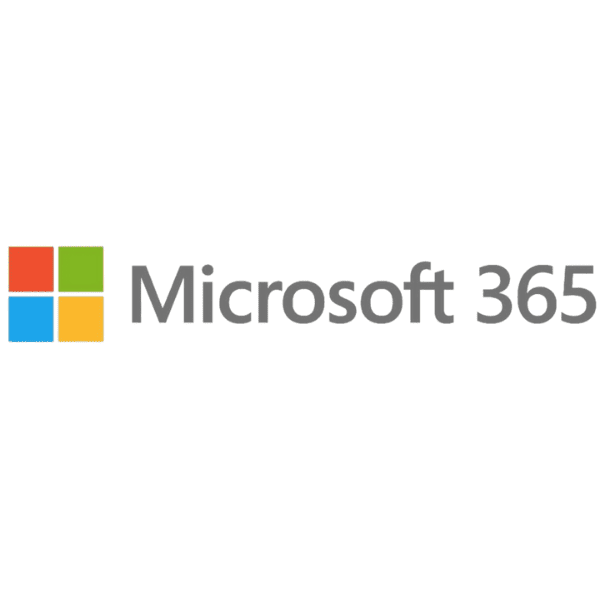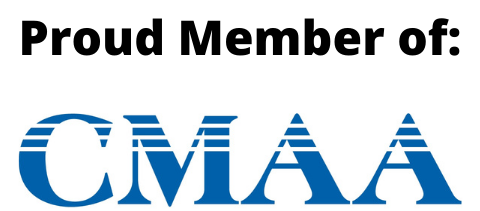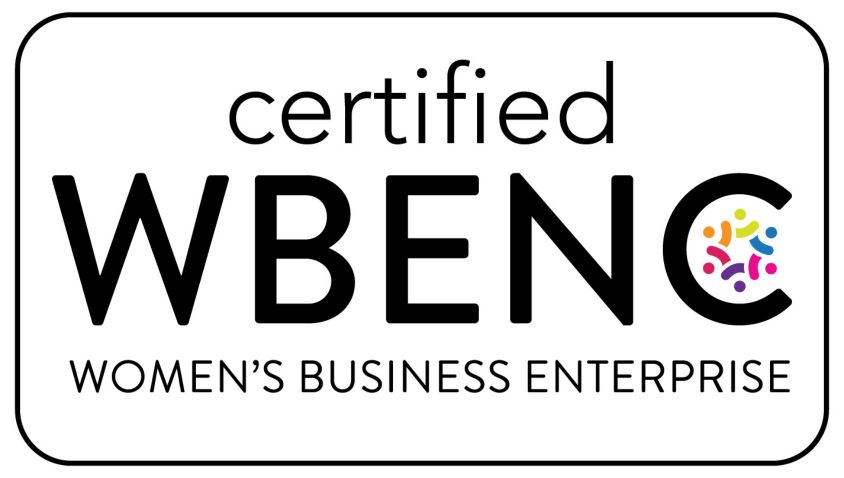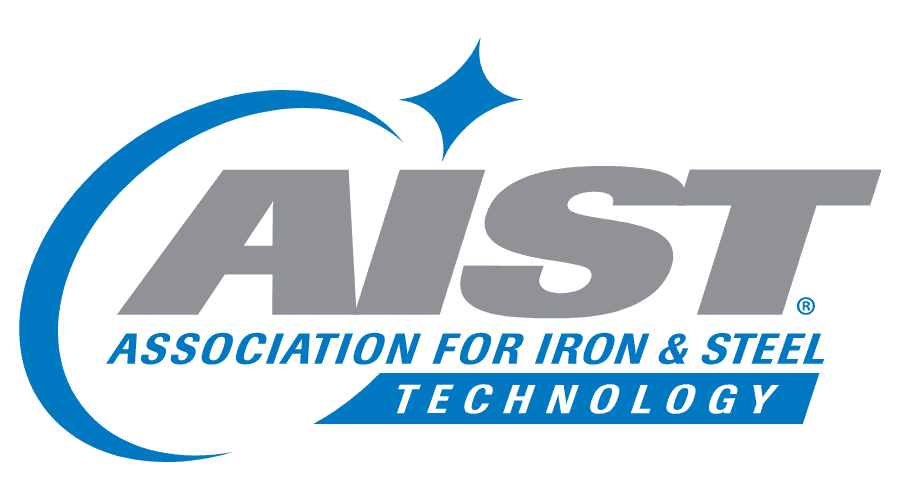Why Is Document Management Key for Construction Projects?
Every document matters. Discover why document management is essential at every stage of the construction process.
If you ask anyone on any construction site, anywhere in the world, what they like least about the job, the answer will probably be paperwork. Whether they’re a master craftsman, a foreperson, or the project manager, if they’re honest, they probably wish there was less construction documentation required to get the job done.
But at the same time, it’s documentation and communication that gets every job from concept to completion. So why is construction documentation so important, and how can construction project document management software help? Let’s take a closer look.
Table of Contents
- Preconstruction Documentation
- Procurement Documentation
- Construction Documentation
- Closeout Documentation
- How Does Construction Project Document Management Software Help?
Preconstruction Documentation
There’s no denying that active construction projects generate mountains of documentation, but it all starts long before shovels are in the ground.
In fact, most projects will generate a massive volume of specifications, designs, drawings, and other documents before anyone even bids on the work. Some of the preconstruction documentation you might need to archive includes:
- Initial concepts and feasibility documentation
- Early specifications and various versions of designs
- Communication with the design team, including engineers, architects, and other members of the professional team
- Bid documents, specifications, and scopes of work
- IFT drawing sets
- Project award documentation
- RFIs, bid stage questions and answers, addenda, and design changes
Since the early part of any project creates the design, budget, and timeline, retaining these documents is essential to serve as the baseline for everything that happens later.
Procurement Documentation
Construction paperwork starts long before you’re even awarded a project.
If you’re bidding on construction projects, whether they’re public, private, or something in between, there’s going to be large volumes of data, information, and paperwork that needs to be properly managed. Those documents might include:
- Bid documents or RFPs
- Addenda and instructions to bidders
- RFIs and correspondence with the procurement officer
- Various versions of drawings and specifications
- Quotes from suppliers, service providers, and subcontractors
- Your own estimates, schedules, notes, and calculations
You might think that this kind of documentation only matters if you’re awarded a project you’ve bid on, but the truth is that all the documentation you generate during the procurement phase can be very useful in the future.
Whether it’s creating a library of products and suppliers that you can draw from in the future or basing estimates for future projects on calculations for jobs you’ve won (or avoiding mistakes on jobs you didn’t), construction documentation that is created during the procurement phase is a crucial part of your construction company’s big picture.
Aside from all of that, though, many parts of the documentation generated during the construction procurement phase will form part of any future contract. So it’s absolutely critical that you keep careful track of every page.
Construction Documentation
Once bids have been awarded, contractors appointed, materials ordered, and subcontractors hired, work on-site can begin, but even while your team is focused on getting the job done, they’ll need to document every step of the process. Construction phase documentation often includes:
- Updated schedules and progress reports
- Requests for information and change-order requests
- Notifications of intent to claim for delays, unknown, adverse underground conditions, and other issues that might not have been clear at the bid stage
- Health and safety records, incident reports, investigations, and training attendance registers
- Quality assurance documents and testing and inspection reports
- Noncompliance reports
- Progress billing documentation, statutory declarations, and legal documents like waivers of lien
Closeout Documentation
Even when most of the work on your project has been completed and signed off, there’s still a lot of construction documentation to create, curate, and store.
Some of the more common types of closeout documentation include punch lists, warranties, final billing, operation and maintenance manuals, and as-built drawings. All of these documents will help to tell the story of your project long after the professional project team has moved on, and they’re always very important if there are any disputes or questions after the project has been signed off.
How Does Project Document Management Software Help?
If you’re tired from just reading this list of some of the documents created before, during, and after your construction projects, you’re certainly not alone. Fortunately, unlike construction teams of the past, we have one of the best tools to manage construction documents: construction project document management software.
Keeping track of all the documents generated by major construction projects – and finding them when you need them – requires more than filing cabinets and banker’s boxes.
Software designed for construction document management helps ensure each document has a unique identifying name and number. It ensures that you can retain all versions and revisions of each specification, drawing and design, conversation, and request so that anyone can refer back to them at any time.
Most importantly, though, this kind of software makes these documents easy to catalog and find.
No one ever wants to deal with a dispute or litigation, but it does happen more often than we’d like. When it does, being able to piece together the whole paper trail for the project from start to finish is often the deciding factor.
Construction paperwork and documentation might be everyone’s least favorite thing in the moment, but when things go wrong, it could be the difference between a speedy, satisfactory resolution and a long, difficult dispute.
That’s exactly why investing in construction project document management software makes sense. It’s like insurance. You hope you never need it, but when you do, you’re very glad you have it.







